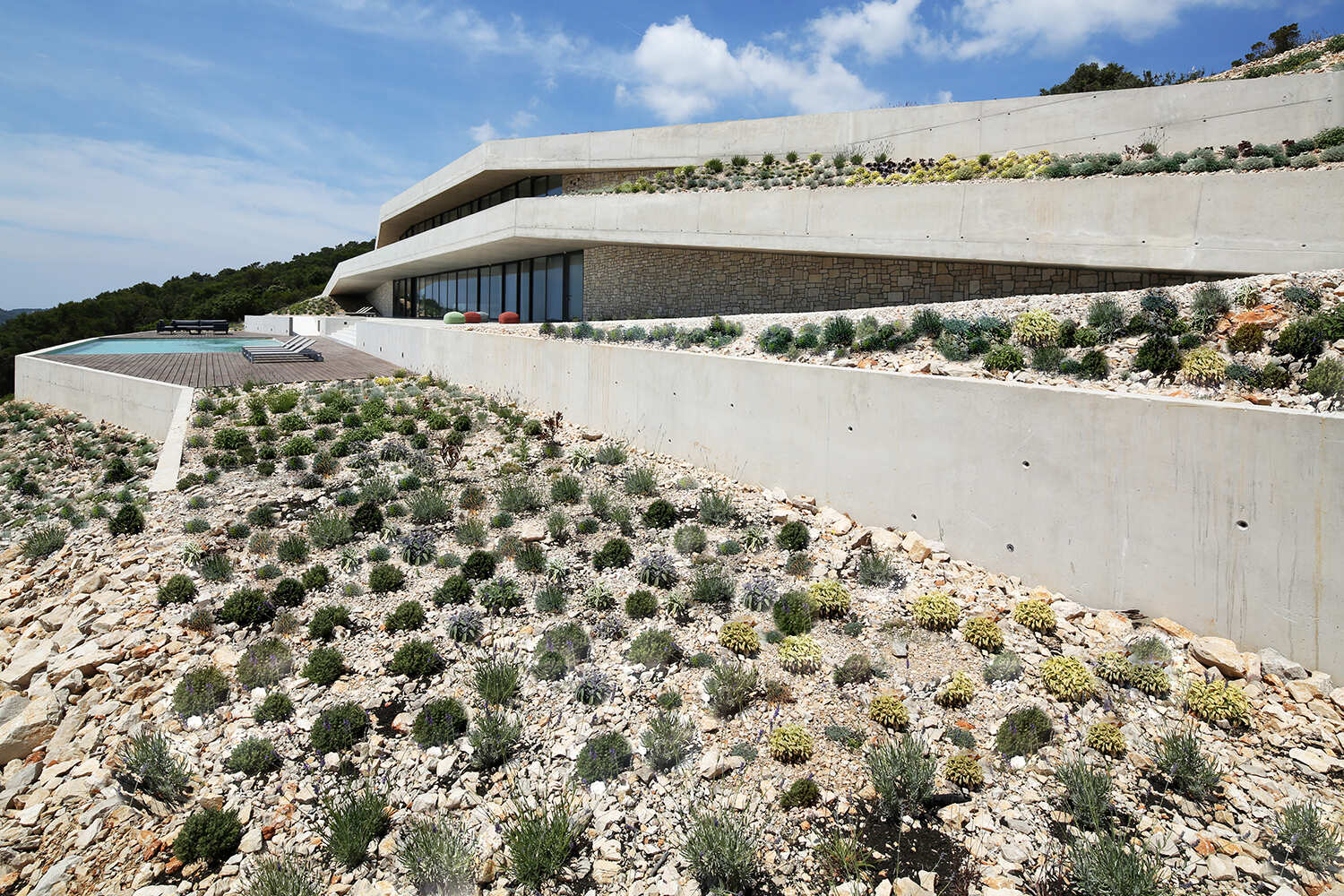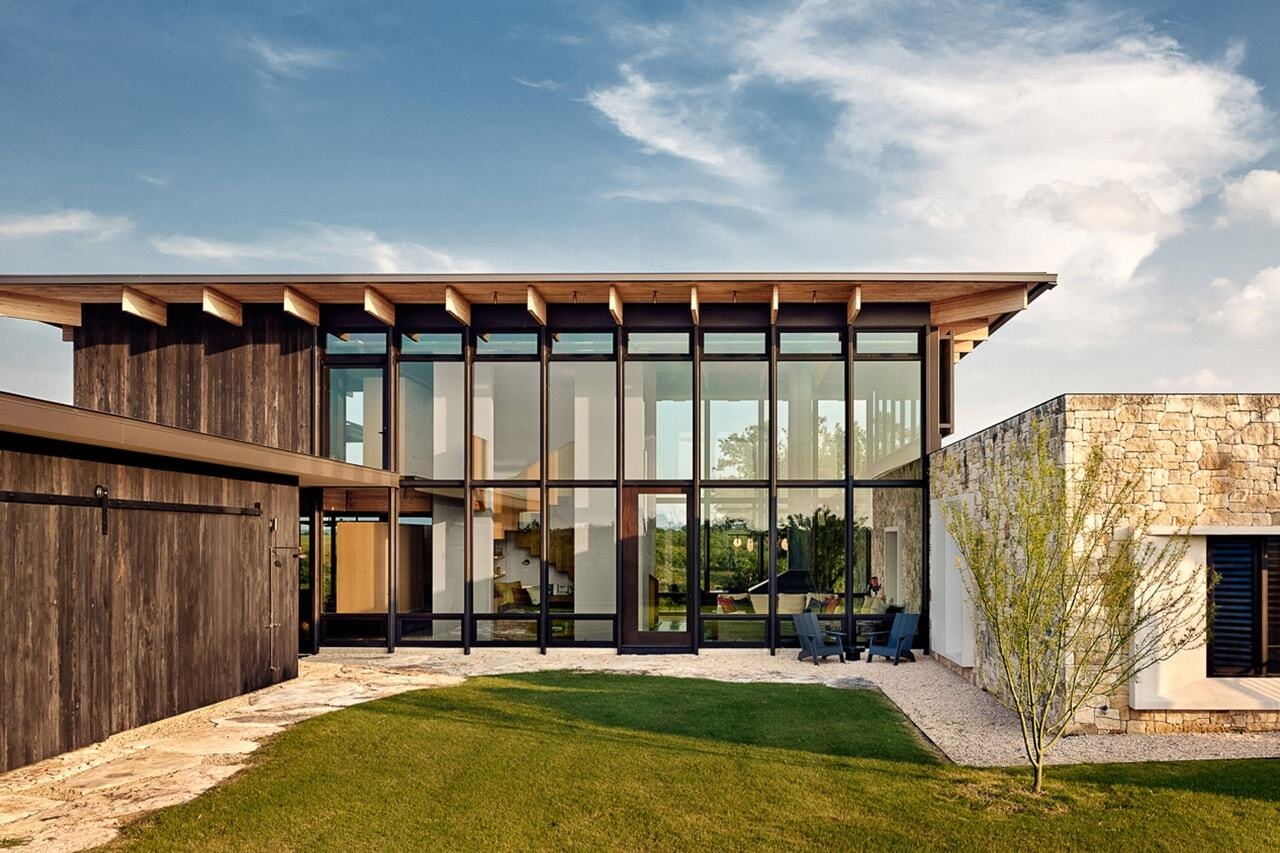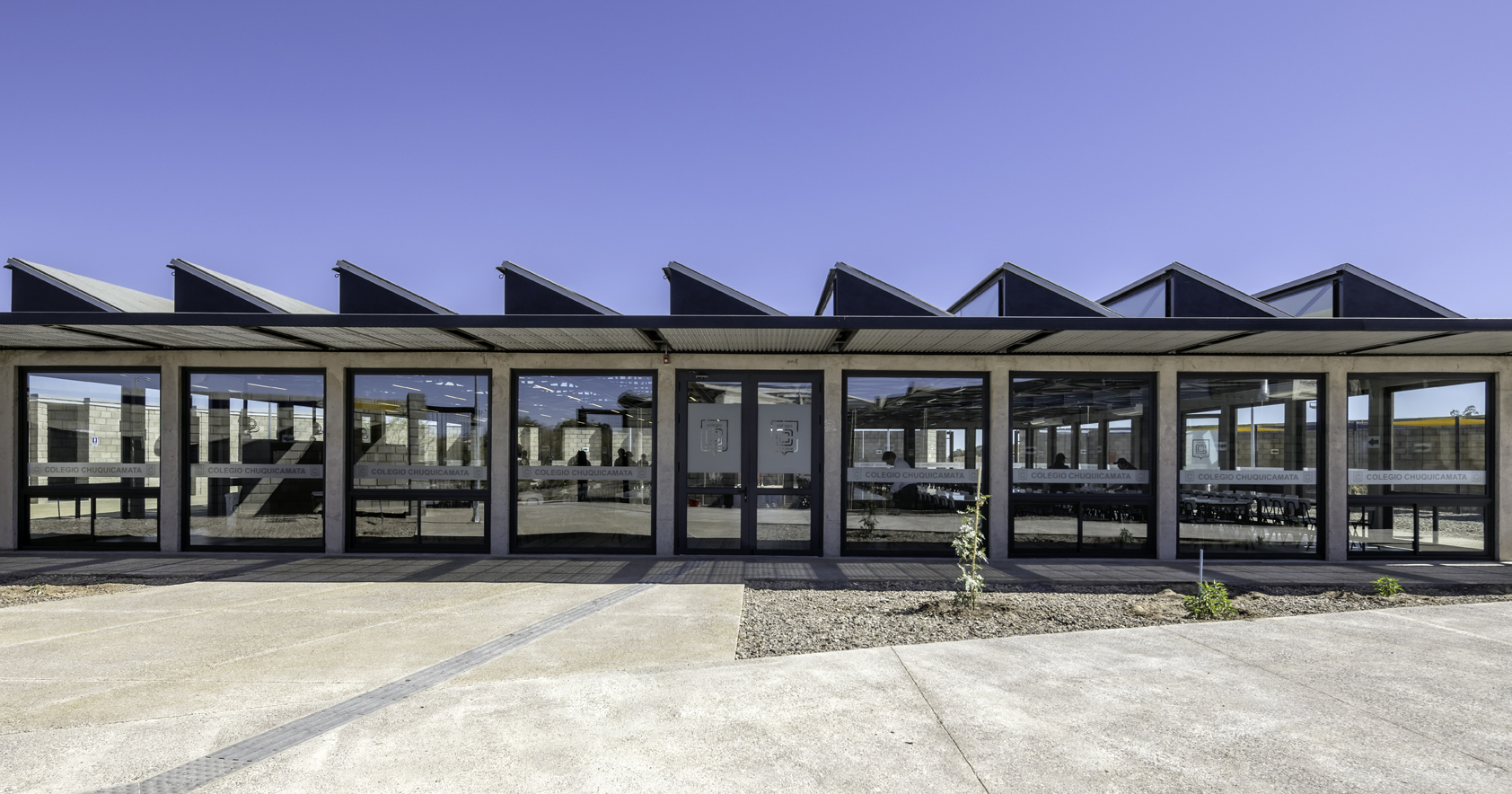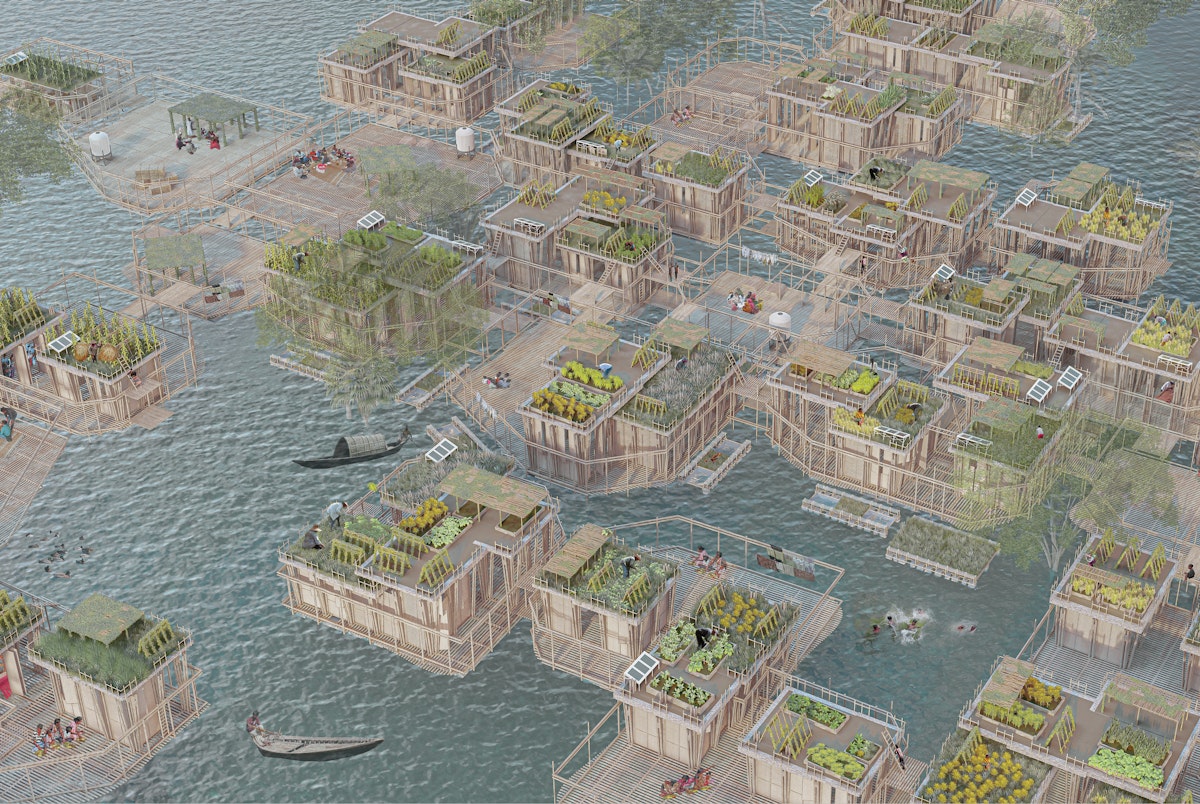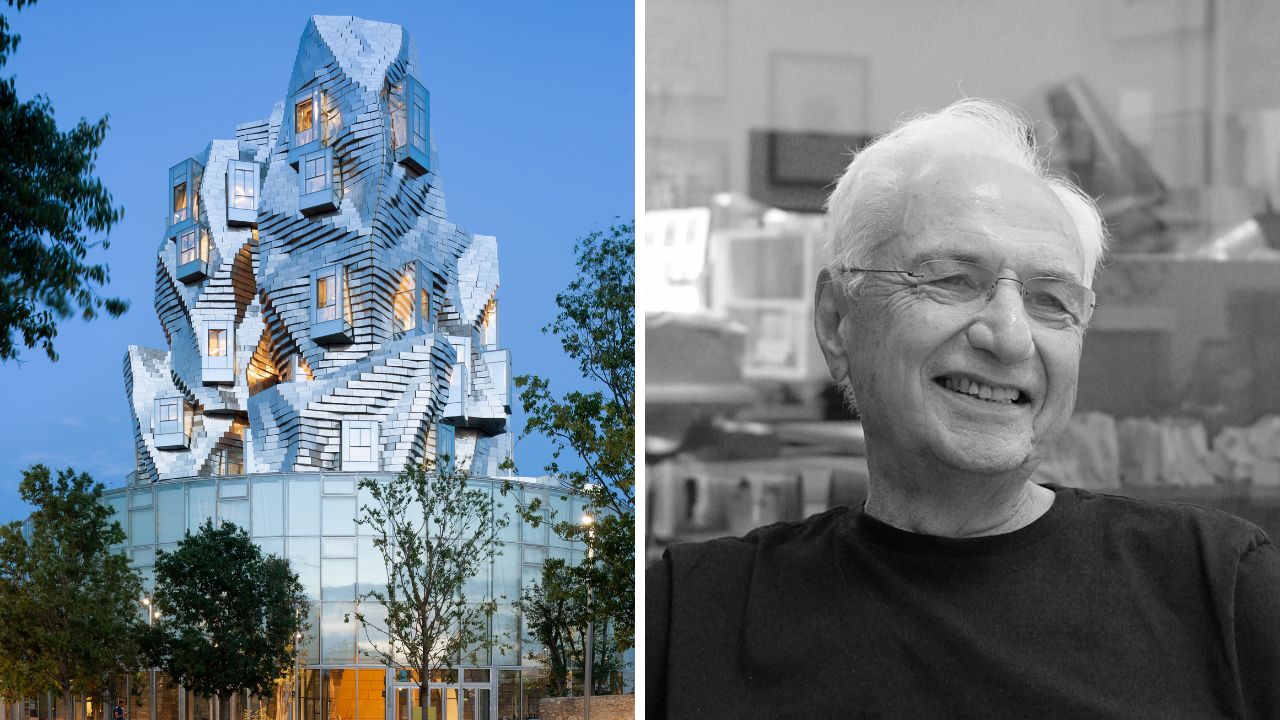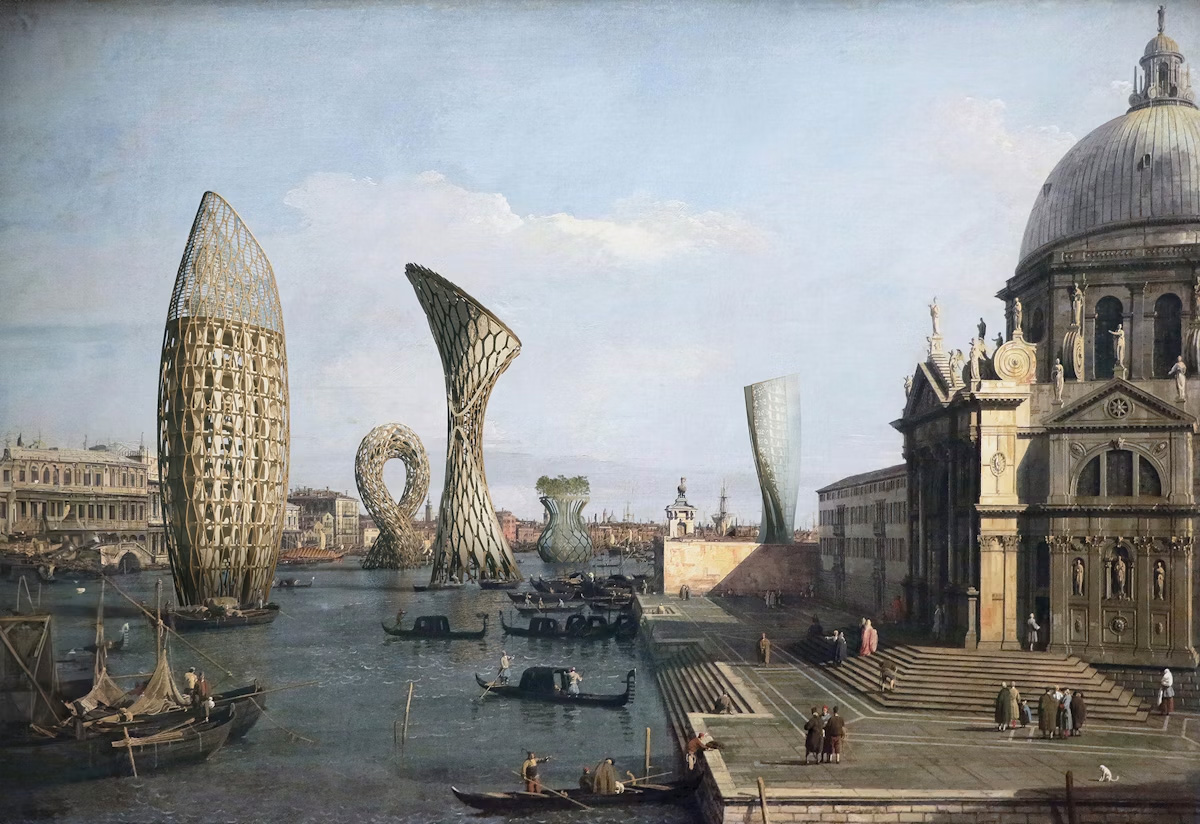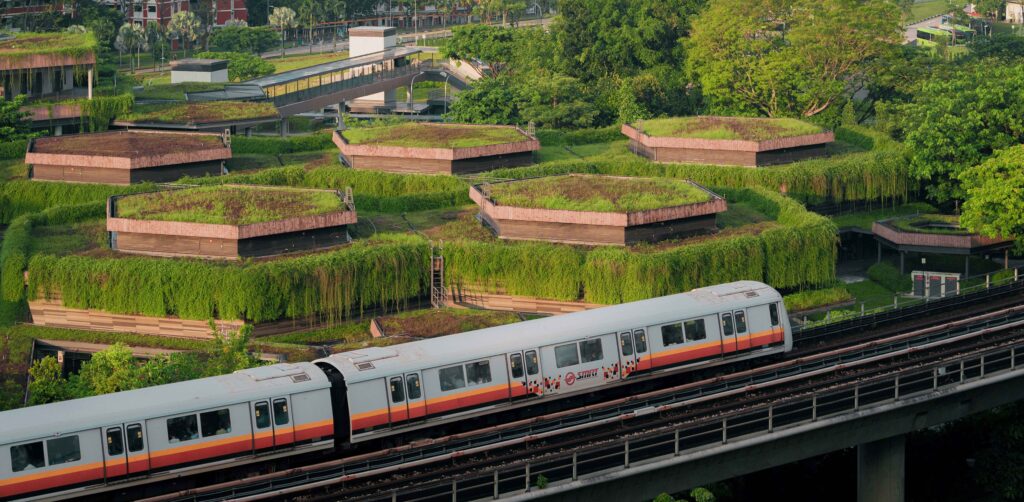Architecture’s Identity Crisis: Can the Profession Survive Capitalism?
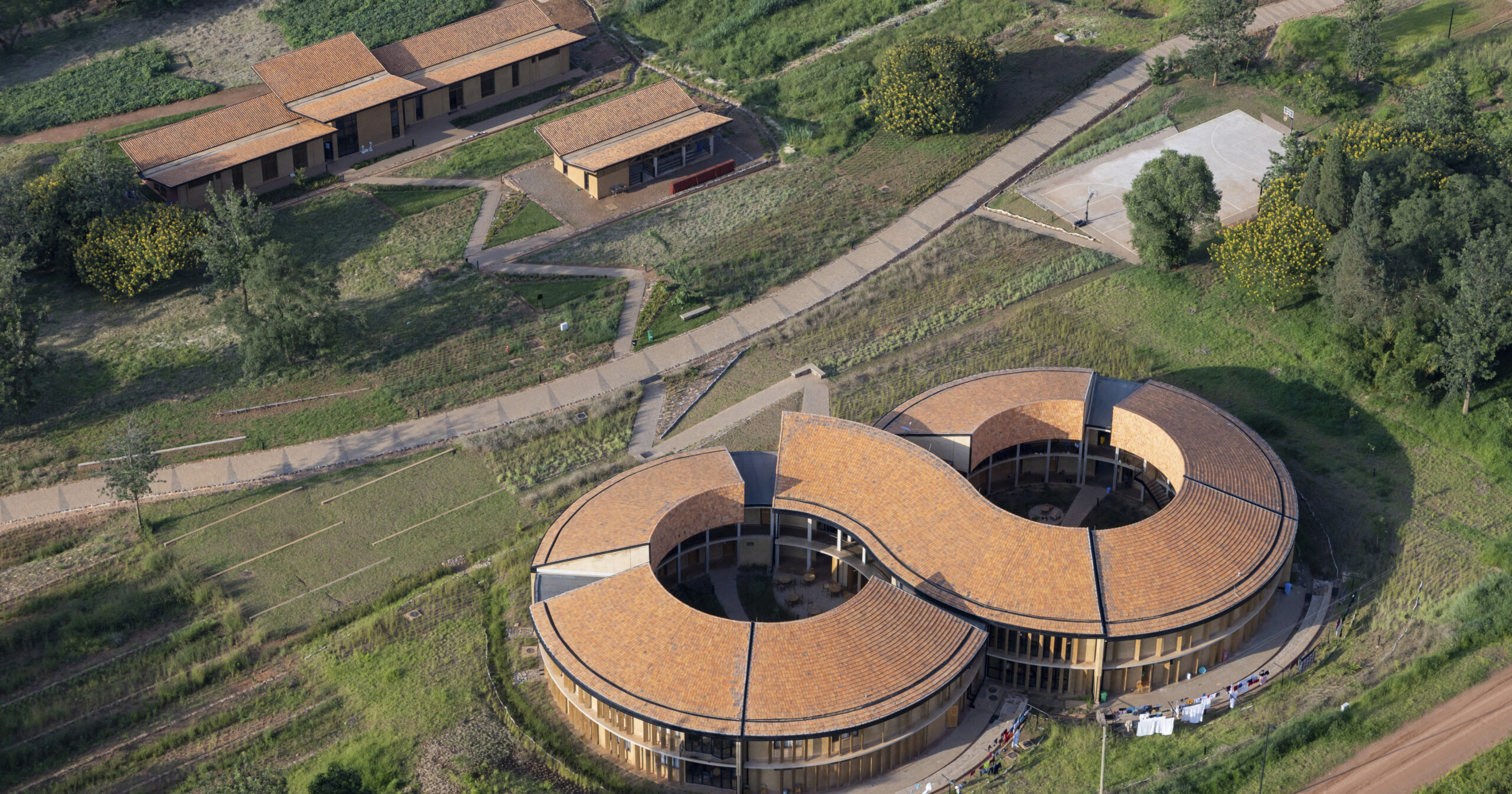
The winners of the 13th Architizer A+Awards have been announced! Looking ahead to next season? Stay up to date by subscribing to our A+Awards Newsletter.
I recently came upon Matt D’Avella’s YouTube video titled “How brands manipulate you into buying more.” Being a filmmaker, a content creator and a minimalist, Matt managed, in only fifteen minutes, to touch upon the pain-points of our current hyper-capitalistic culture. From brands that exploit emotion to get consumers to buy more, to sophisticated slogans, logos and imagery that sell an idealized lifestyle, buyers are encouraged to construct their identity through what they purchase. The products are endless, ranging from high-end cars, clothes and shoes to small accessories, tiny headphones, and even food.
What happens when a service-based profession is no longer exempt from that machinery? What happens when identity, labor and creativity are also commodified? For architects, these questions are more than philosophical – they’re existential.
Nowadays, architecture is viewed more and more as a product, being “sold” through polished renders, Instagram grids and catchy taglines. The idea of the “lifestyle experience” has become a very powerful marketing tool, where buildings and spaces in general are meant to sell a luxurious identity to clients and investors rather than serve the needs and values of a wider community. Consequently, the market’s grip on design makes it even harder for architecture to prioritize contextual, socially responsive and sustainable design.
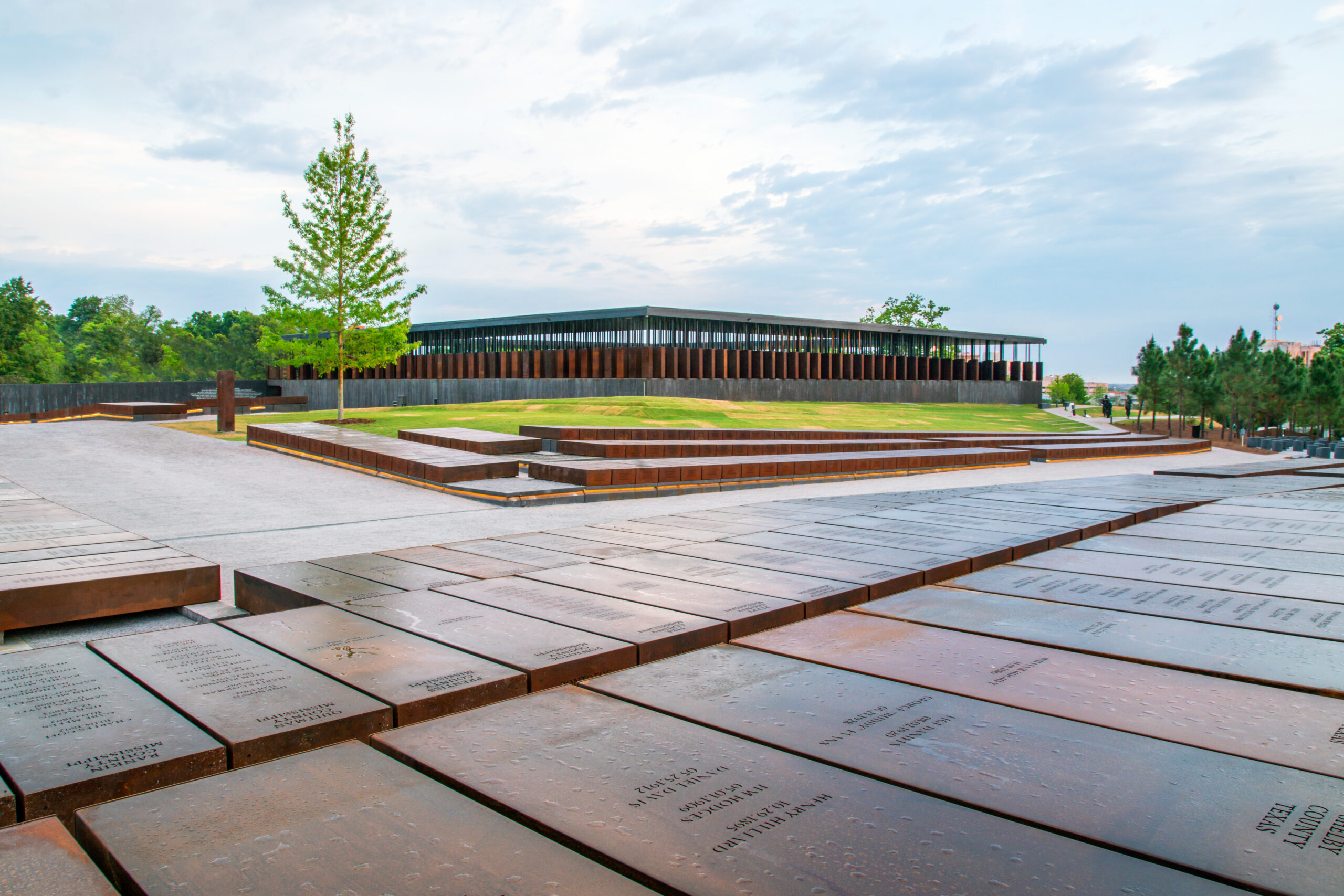
The National Memorial for Peace and Justice by MASS Design Group, Montgomery, Alabama | Jury Winner, 2019 A+Awards, Cultural-Religious Buildings & Memorials
And then, here comes the architect, who wears many hats: the romantic artist (often underfunded), the expert technician (with minimal decision-making power), the responsible manager (emotionally exhausted from the constant compromise) and lastly, the public servant (marginalized and unpaid). For many years now, it seems that architects struggle to find their place in this hyper-commodified world. Fee structures often reward the volume of work rather than its depth, overworking and crunch time have become the norm, while design decisions are filtered through developer profit margins. Consequently, many architects are gradually becoming disillusioned and demoralized, oftentimes leaving the profession entirely.
Still, this identity crisis might be exactly what the profession needs to reinvent itself. Instead of looking at this as a lost cause, architects can forge new ways to practice architecture, balancing profit with emotional wellbeing as well as social responsibility. By abandoning the “starchitect” ideal and acknowledging that architecture is a team sport, they can turn to alternative business models that promote collective thinking, design and decision-making, building multi-disciplinary teams that have a higher chance of impacting the built environment.
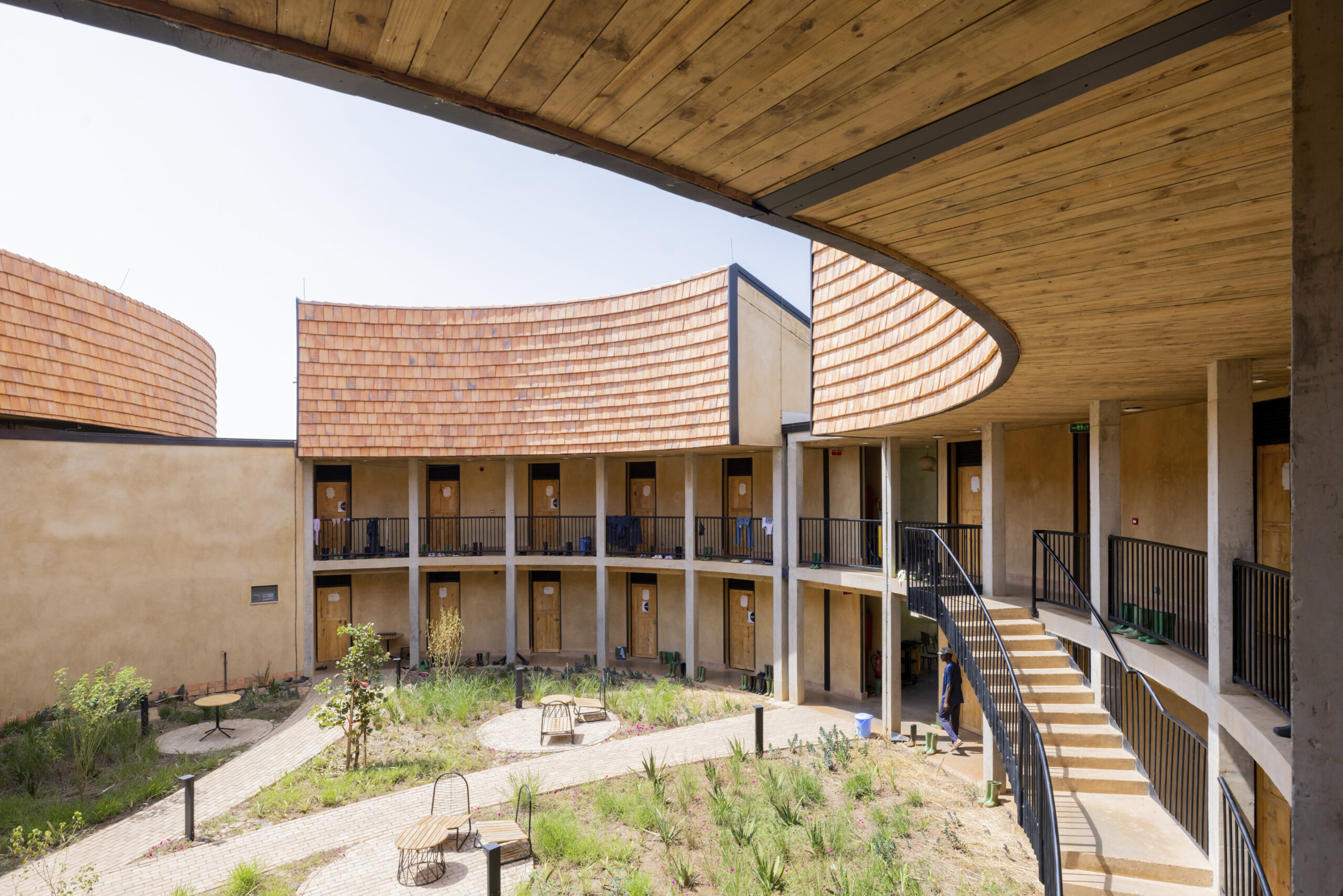
The Rwanda Institute for Conservation Agriculture by MASS Design Group, Rwanda, Jury Winner, 2025 A+ Awards, Built-Sustainable Landscape/Planning Project, Jury Winner, 2025 A+ Awards, Concepts Architecture+Landscapes
One example of such a firm is MASS Design Group, based in Boston, where “MASS” stands for “Model of Architecture Serving Society.” It is an architecture and research firm that believes that the architectural discipline is crucial in shaping and supporting communities, creating new possibilities for the future. Comprised of over 200 architects, landscape architects, engineers, builders, furniture designers, makers, filmmakers and researchers, the firm is known for its long-term engagement with communities in an attempt to design projects that have a true impact to the site’s wider urban, cultural and social fabric. Notably, the Rwanda Institute for Conservation Agriculture was a project built with local materials and craftsmanship in order to restore the native biodiversity as well as train the future generations in conservation agriculture. The design was based on a multidisciplinary research and site analysis, while exploring how the buildings could be “harvested” from the site with the lowest carbon footprint possible.
Taking this approach a step further, some practices are gradually adopting the concept of participatory design, where architects use the knowledge pool of local communities in order to design — with their help — spaces that reflect their lived experiences, meet their actual needs, and foster a sense of ownership. In that sense, the architect is no longer the “sole” creator of a project but rather becomes that facilitator of a collective vision.

Participatory Habitat in Montreuil by NZI Architectes, Montreuil, France
The Participatory Habitat in Montreuil by NZI Architectes for instance, was designed through a series of design workshops with the inhabitants, who were the primary “drafters” of the project and where the architects took a consulting stance towards the project. As a result, the housing complex was made of customizable interior spaces with comfortable circulation areas, a large communal yard and a roof garden, loosely defined, ready to host different plant and vegetable species.
Additionally, The Museum of No Spectators by Form4 Architecture is another open-ended project that invites people to participate in its completion. Situated near the dusty perimeter of Black Rock City, the museum is made of an expressive exterior and a “tabula rasa” interior. It is comprised of eight galleries, encouraging artists to create within its walls, picking up the debate of the participatory nature of Burning Man culture in contrast to the Default World museum experience.
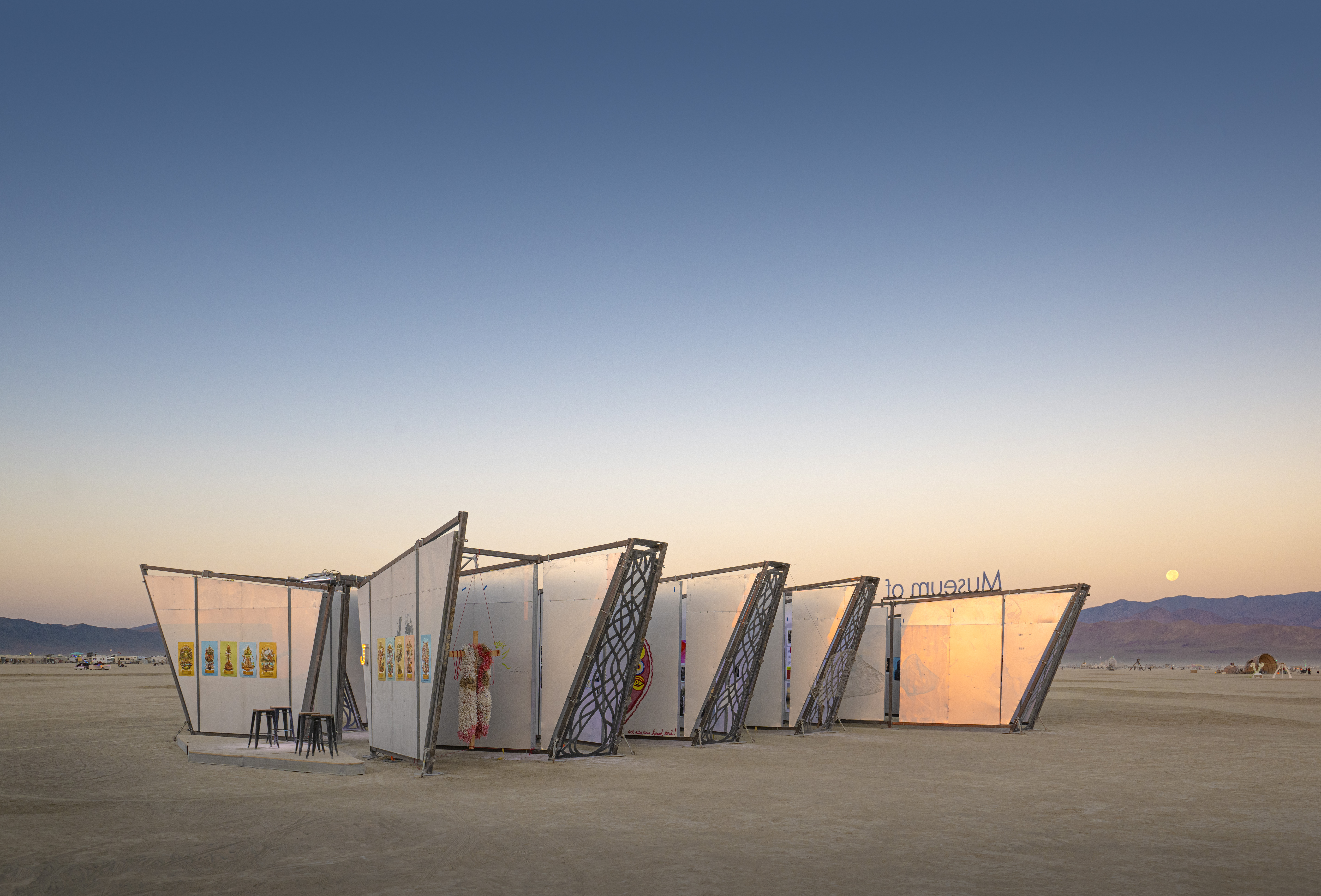
The Museum of No Spectators by Form4 Architecture, Black Rock City
Admittedly, this new change of direction – or rather identity – for the architect holds a generous dose of idealism. It calls for architects to let go of ego, speed and control. Participatory design can be messy, fluid and resource intensive. Similarly, collective practice requires a greater degree of slowness, trust and dialogue. However, they both have the potential to challenge the deeply ingrained hierarchical models and norms, which appear to no longer work in today’s world.
These models represent a quiet rebellion against the commodification of architecture, suggesting that the profession is not about the image but rather about the space and its wider impact. This might be a little bit ambitious however, if architects reclaimed their role as listeners, collaborators and stewards of the built environment, they may not only survive capitalism but begin to reshape it.
The winners of the 13th Architizer A+Awards have been announced! Looking ahead to next season? Stay up to date by subscribing to our A+Awards Newsletter.
Featured Image: The Rwanda Institute for Conservation Agriculture by MASS Design Group, Rwanda, Jury Winner, 2025 A+ Awards, Built-Sustainable Landscape/Planning Project, Jury Winner, 2025 A+ Awards, Concepts Architecture+Landscapes
The post Architecture’s Identity Crisis: Can the Profession Survive Capitalism? appeared first on Journal.





























